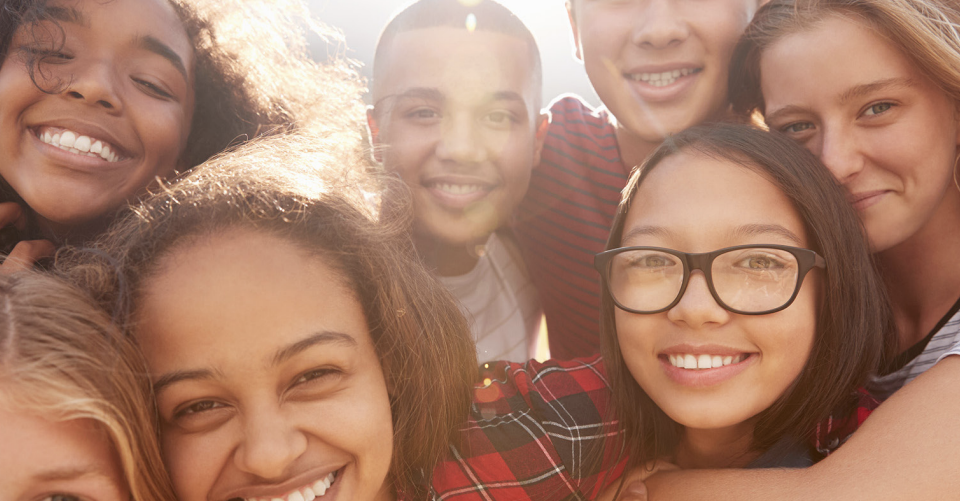
If it could happen in 2020- 2021, it has. Never in our lifetimes have we experienced so many culminating challenges at the same time. And while we have been pushed to innovate at a pace previously considered impossible, we as a society have risen to the occasion and see brighter days in our near future.
Throughout this experience, I have been reminded of the work of Dr. Carol Dweck and the importance of having a growth mindset. We have studied what a growth mindset is and value its role in learning so much that we have embedded it into the Active Learning Cycle and our Leadership Definition. To me, the concept of a growth mindset is the foundation of what we call lifelong learning. We can experience challenges, personal and professional, and learn from those experiences to grow and improve over time.
Having a growth mindset does not mean walking with naive positivity. It is about seeing the reality for what it is and finding the opportunities to grow in the process. For many, the growth is skill-based encouraged by continued practice and effort. For others, it is emotional. It is about looking introspectively and strengthening the mental and emotional stamina needed Helping Students’ Mental Health to Thrive to weather the challenges life puts in front of us.
As we work through the second semester, I want to invite us all to intentionally take care of the emotional well-being of ourselves and the students we serve. Our learners are being asked to carry unanticipated burdens while also simultaneously striving to perform academically. So, how can we support them mentally and emotionally through the process? Grace Berman and Allison Dubinski of the Child Mind Institute share some simple strategies for supporting students’ mental health during the COVID-19 crisis. Let’s consider a few:
- Build a daily routine into your instructional day that is focused on social and emotional health. This will provide students with a reliable outlet to work through the emotions and experiences they are having. As they reinforce, ‘Even small exercises can go a long way in helping kids feel safe and validated.’ For example, you could do a ‘feelings temperature’ each day similar to the temperature checks we do before kids enter the building. Students can rate the intensity of their feelings on a scale of 1-10, notice how they are physically reacting to it and journal about it.
- Incorporate mindfulness and relaxation into the day. Take a two-minute relaxation break. Help kids notice the small details in their surroundings – how things, smell, taste, see and feel. Build their toolkits to include relaxation techniques, including intentional breathing, muscle relaxation and guided imagery. These can be done easily while social distancing in their seats.
- Prioritize hands-on learning activities. During COVID, students spend so much time in front of screens. Intentionally work to build non-screen activities into their learning process and encourage your students to make time at home to do some of their favorite activities/hobbies. As a people, we often put our physical health ahead of our mental and emotional when they are all equally important to sustain a quality life. May we continue to make space for ourselves and the students we serve to allow our mental and emotional health to thrive.

